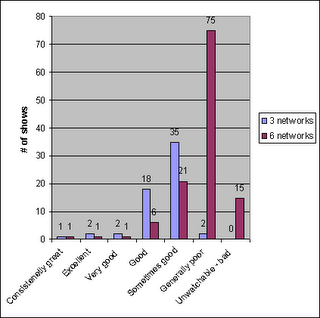In any transaction, the person with more information and more experience usually comes out ahead. That’s why the typical consumer negotiating with a full-time salesman is at a huge disadvantage. A car dealer, for example, might negotiate several sales every week, while you only do it every two to three years.
So people making big decisions — new car, new house, new job — do as much research as they can, trying to level the playing field just a little bit. And lots of the information they come up with is flat out wrong.
One of the most damaging pieces of advice to follow when looking for a job is to rely on a headhunter’s self-interest to get you the best rate. The idea – which seems quite reasonable on the surface – is that the headhunter’s commission is a percentage of your salary. Obviously they want this number to be as high as possible. It’s easy to believe that their self-interest lines up with yours.
The first flaw with this idea is that the headhunter doesn’t get anything if someone else gets the job. If there are multiple qualified applicants, you are on the wrong side of a bidding war. The contractor doesn’t want to price you out of the running, so the incentive is to lowball your rate.
The second flaw is that every day the headhunter spends searching for your perfect job is day they don’t spend finding a job for the dozen other people they’re working with. They make more money by placing more people than they do by placing fewer people at higher rates. 30% of $70k x 3 is more than 30% of $80k x 2. Their incentive favors the quick hit, not protecting your interests.
So what do you do about it?
- Stop thinking of the headhunter as your own personal agent.
They’re doing a job for you, but they are more interested in getting you something than in getting you the best thing.
- Know what you’ll accept before taking the interview.
Have a bottom line that you won’t go below. Based on what you hear in the interview, you may decide to demand even more to accept the conditions. But your lower limit should never be negotiable.
- Ask what the range is for the position up front.
There’s no point in wasting time on a position that you’ll never take.
- Never give up something for nothing.
If they want you to travel and you don’t want to do it, ask for extra vacation in return. If they want you to be on call, ask for comp time. Never give up one of your demands without getting a concession in return.
- Get it in writing.
You can’t deposit a promise in the bank, or buy groceries with verbal assurances.
So are all headhunters ready to sell you out at a moment’s notice? Of course not, even if onlyto preserve their reputation. But if you want to avoid being disappointed, you should never forget that your best interest only sometimes matches up with the headhunter’s interests.
